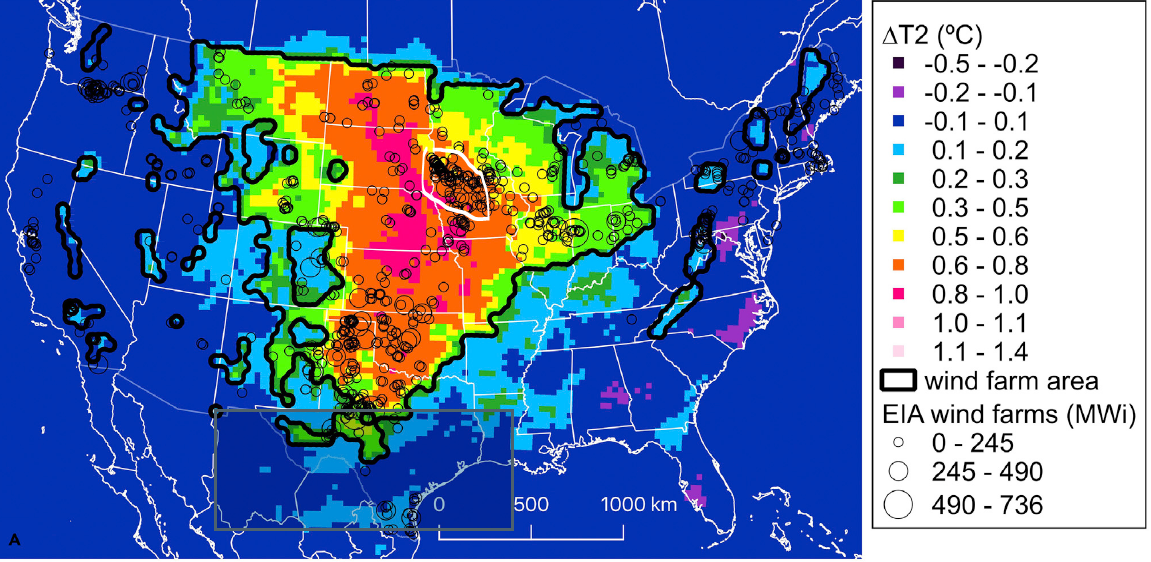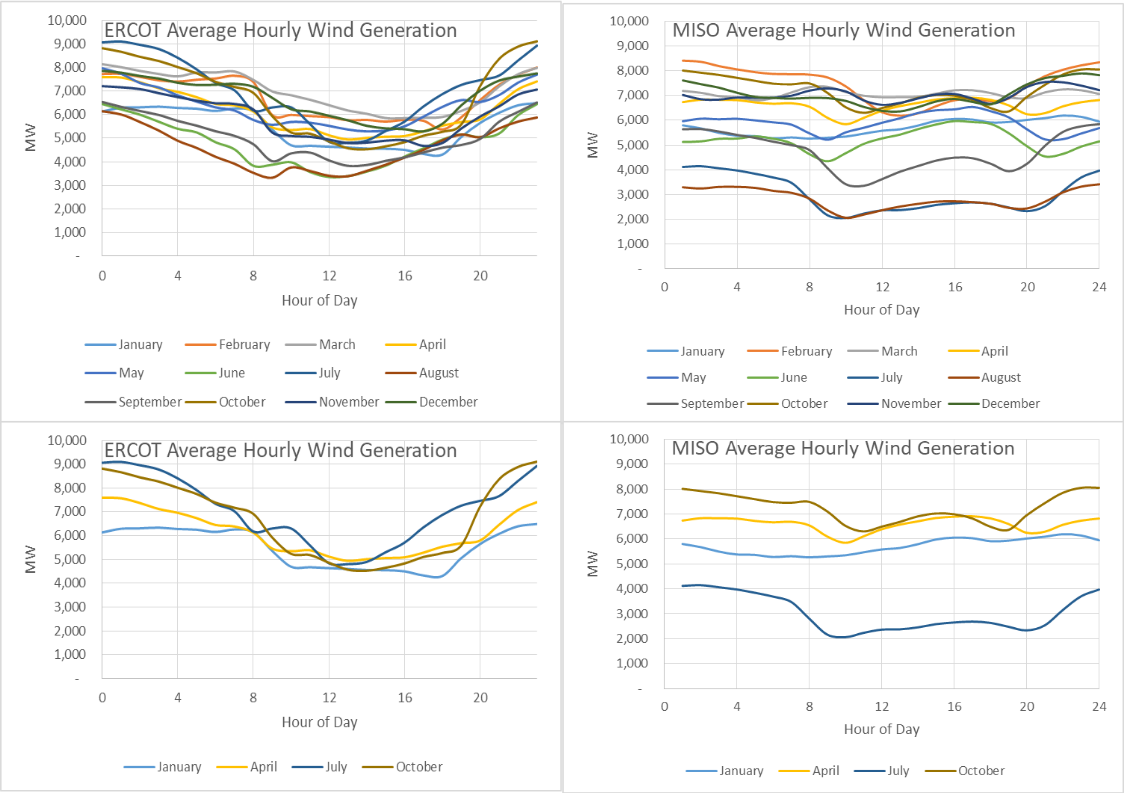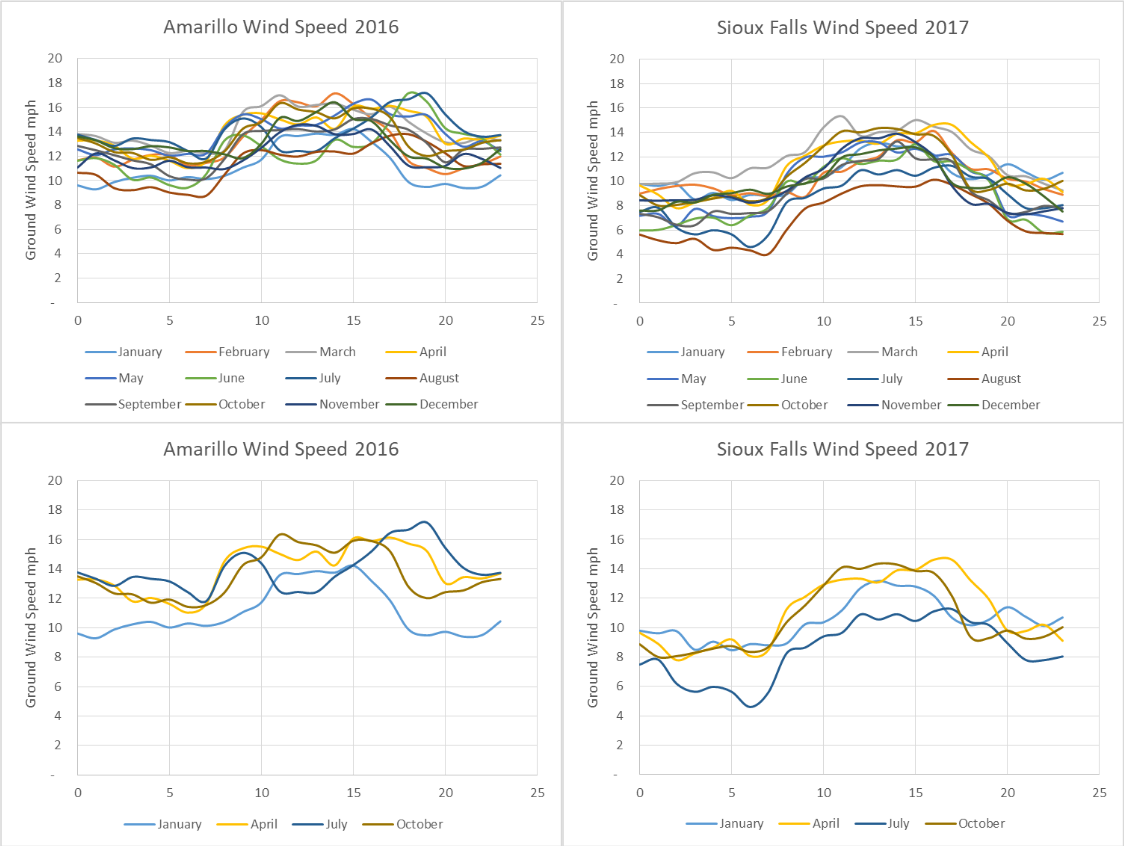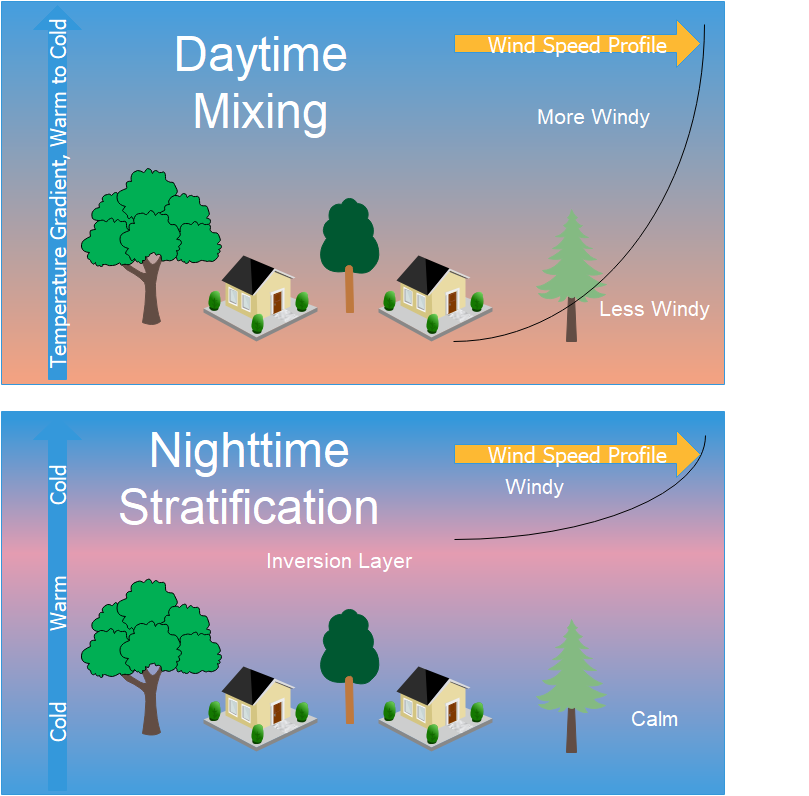
As children, some engineers liked to take things apart to see how they worked – and maybe even put them back together. That was too much work for me, but I was curious. I would intently watch my Mom as she accelerated the 1970s Ford Galaxy 500[1] down the road. What was she doing to make it shift gears? I had to know! Of course, it was an automatic transmission. Today, I see some scientific claims, and I can’t help myself but to dig in and find the big lie, er, the big why. This week’s adventure started two months ago in The Harvard Gazette, which reported that generating electricity with wind causes climate change and global warming. Grab the shovel (or your best friend), and start digging.

Wind Turbine Extraction and Climate Change
The Harvard Gazette’s article is based in part on a paper called Climatic Impacts of Wind Power[2], published by two Harvard glitterati. The basis for wind power climate change may be best explained in their introduction.
To extract energy, all renewables must alter natural energy fluxes, so climate impacts are unavoidable, but the magnitude and character of climate impact varies widely. Wind turbines generate electricity by extracting kinetic energy, which slows winds and modifies the exchange of heat, moisture, and momentum between the surface and the atmosphere.
This is as indisputable as the fact that burning fossil fuels adds to the greenhouse effect. Like greenhouse gases, the question is, so what? What is the magnitude and what is the effect?
The study analyzed the expected effects if all of our electricity was generated by wind – only about 1/6 of the technical potential. It reports the temperature change caused by wind turbines would be:
- Small compared to projected 21st-century warming [which no one knows]
- Equal to decarbonizing global electricity supplies [WOW]
- Large compared to reduced warming achieved with decarbonizing the US electricity supply [WOW 2X]
I think any decent engineer would look at such a phenomenon and ask themselves, why would this happen? What is the hypothesis? I would develop a hypothesis and test it. I’ll have to get to that next week because there is something even more dazzling to discuss this week.

Wind Speed and Wind Turbine Power Output
The amount of electricity in kilowatt-hours generated by wind is reported to be greater at night than during the day. What? I recall the wind blows like hell during the day and calms down at night. This was my experience in wind alley where I grew up. That is, Southwest Minnesota / Northwest Iowa, right beneath the forest of wind turbines elegantly circled on the map on the left.

First, I looked up data to see if more wind energy is generated at night compared to daytime. Then I looked up weather-station-reported wind speeds. I looked at two sources: MISO, which covers the Midwest, and ERCOT, which covers Texas. The results are provided on the left for Texas (left) and the Midwest (right).
- Each curve represents the average hourly production for each month.
- There are two charts each, the second of which makes for easier viewing for how power generation varies by season, not every month.

We see that indeed more wind power is generated at night than during the day, especially in Texas. Now, look at the reported wind speeds. Wind speeds are shown on the left in the same arrangement for Texas and the Midwest. I used cities near the epicenters of wind power: Amarillo and Sioux Falls. The wind speeds and total generation for the two regions are remarkably similar.
I was right with my recollections as a kid! The wind blows harder during the day. But wind power increases at night.
What is going on?
Air Temperature Inversion
The physical driver for this phenomenon is based in mechanical engineering – heat transfer and fluid dynamics. Higher altitudes have colder temperatures and less-dense air – less greenhouse effect.
This explains why mountain tops have snow all year, and why it is 50 below zero at jetliner cruising altitude. Since the earth spins one revolution per 24 hours on a tilted axis, the geometry and dynamics make for mind-bending air flows. You can study that here if you are interested.
Our surface winds are driven by high and low-pressure systems which are generated from temperature differences in the atmosphere. On clear nights when the sun sets, heat is sucked from the lowest levels near ground into outer space via radiation. This cools air at ground level, creating fog, dew, and frost in some cases. Cooler air at low altitudes is opposite of what I explained above – temperature inversion. The inversion allows the airflow just a few hundred feet off the ground to separate from the lower air. Obstructions, manmade and natural, slow wind at ground level and thus at upper levels when the flow is not separated. This effect dissipates on average at night.
There it is! More wind power at night because there is less wind on the ground where we live.
Next week: climatic and grid impacts, and more.

[1] Does that scream party barge or what? Seat belts? We dug them out from under the bench seats when it was time to trade it in. They were streaked with black residue. What was it? The next guy’s problem.
[2] Miller and Keith, Climatic Impacts of Wind Power, Joule (2018), https://doi.org/10.1016/j.joule.2018.09.009






Join the discussion 2 Comments